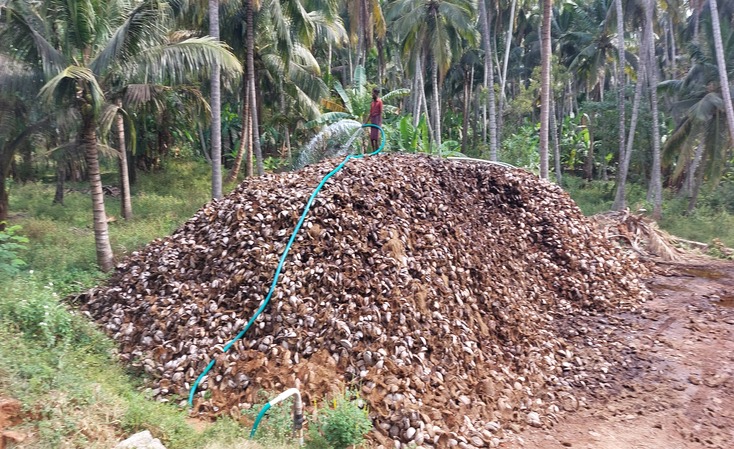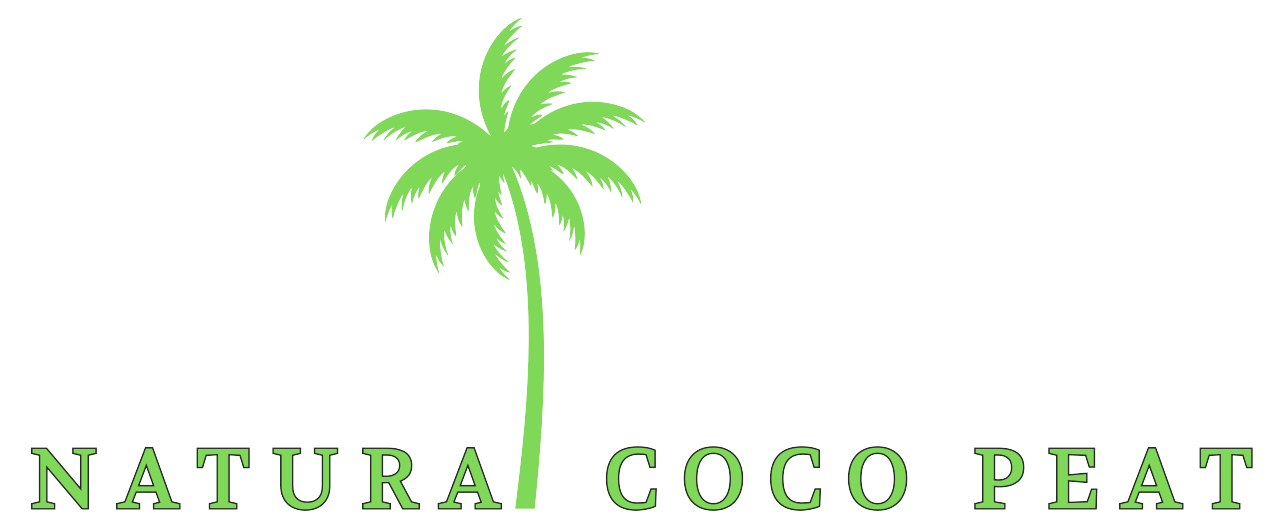What is Coco Peat and How is it Made?
Coco peat, also known as coir pith or coir dust, is a natural, organic growing medium made from the husk of coconuts. As the demand for sustainable and eco-friendly products continues to grow, coco peat has become an increasingly popular choice among farmers, gardeners, and horticulturalists across the globe.
What is Coco Peat?
Coco peat is a byproduct of the coconut industry. When coconuts are harvested for their water, flesh, or coir fiber (used in making ropes, mats, and brushes), the husk that surrounds the coconut seed is typically considered waste. However, this husk contains a spongy material that can be processed and turned into a versatile growing medium: coco peat.
It has excellent water retention, aeration, and drainage properties, making it ideal for seed starting, hydroponics, potting mixes, and soil conditioning.
How is Coco Peat Made?
The process of making coco peat involves several key steps:
Collection of Coconut Husks
The outer husks of mature coconuts are collected from coconut processing plants or farms. These husks are the raw material for producing both coir fiber and coco peat.
Retting
The husks are soaked in water (natural or artificial retting) for a period ranging from a few days to weeks. This helps soften the husk and separate the coir fibers from the pith.
Fiber Extraction
Using mechanical defibering machines, the coir fibers are extracted. The remaining fine material, which consists of dust and small particles, is what becomes coco peat.
Washing
Coco peat is then thoroughly washed to reduce salt and mineral content, especially if it’s going to be used in horticulture. This is important for maintaining a neutral pH and ensuring it’s safe for plants.
Drying
After washing, the peat is dried naturally under the sun or using dryers until the moisture content is reduced to the required level (usually below 15%).
Sieving and Grading
The dried coco peat is sieved to remove any large particles or unwanted materials. It is then graded based on particle size and texture, depending on its intended use.
Compression and Packaging
Finally, coco peat is compressed into blocks, bricks, discs, or loose bags for easy handling, transport, and storage. It can expand up to 5–7 times its volume when rehydrated.
Benefits of Coco Peat
Eco-friendly: It’s a renewable and biodegradable byproduct of coconut processing.
Water retention: Holds water efficiently, reducing the need for frequent watering.
Aeration: Enhances soil structure and root health.
pH neutral: Typically has a pH between 5.5–6.8, suitable for most plants.
Reusable: Can be used for multiple crop cycles with proper treatment.
Common Uses of Coco Peat
Seed starting and nursery beds
Soil amendment or conditioner
Hydroponics systems
Mushroom cultivation
Worm composting (vermiculture)
Conclusion
Coco peat is a sustainable solution for modern gardening and agriculture, offering both environmental and practical benefits. Its ability to improve soil health, retain water, and support plant growth makes it a valuable alternative to traditional peat moss, which is often harvested unsustainably from wetlands. As the world shifts toward greener solutions, coco peat stands out as a smart and responsible choice.


